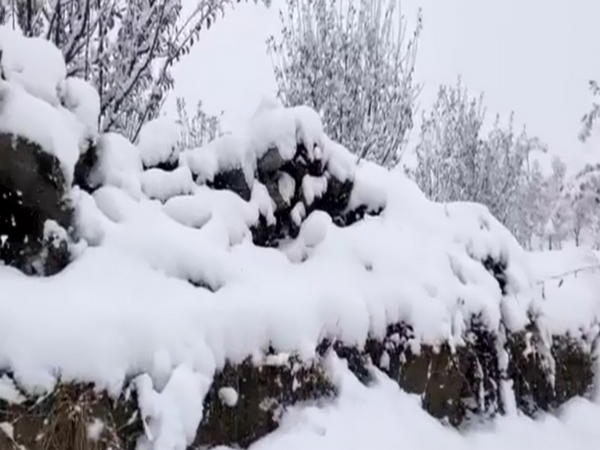Delhi Deputy Chief Minister Manish Sisodia, who was summoned by the Central Bureau of Investigation (CBI) on Sunday for questioning in regard to irregularities in the excise policy case, requested the central agency to defer questioning saying that he is “preparing the budget” at present and can only appear before it towards February-end.
“I will visit the CBI office by the end of February, whenever they (CBI) will call me. Being the Finance Minister of Delhi, preparing the budget is very important, so I have requested to shift the date. I have always cooperated with these agencies,” said Sisodia.
Meanwhile, CBI is investigating the case at the request of Manish Sisodia.
Manish Sisodia was called by the Central Bureau of Investigation (CBI) office in the national capital today in connection with Delhi Excise Policy 2021-22 money laundering case.
The Central Bureau of Investigation (CBI) has again summoned Delhi Deputy Chief Minister Manish Sisodia for questioning, nearly three months after filing a chargesheet in the Delhi excise policy case, officials said.
However, Manish Sisodia has not been named as an accused in the charge sheet filed in the case.
Arrested businessmen Vijay Nair and Abhishek are among the seven accused named in the chargesheet.
Alleging that the “full power” of agencies under the BJP-led central government had been unleashed to hound him, Manish Sisodia took to Twitter and said, “CBI has called me again tomorrow. They have unleashed the full power of CBI, ED (Enforcement Directorate) against me, raided my house, searched my bank locker, and yet found nothing against me.”
“I have arranged good education for the children of Delhi. They want to stop it. I have always cooperated with the investigation and will continue to do so,” he added.
Last year in August, the CBI conducted a search operation at Sisodia’s Punjab National Bank locker in connection with Delhi Excise Policy 2021-22 money laundering case, where according to him the CBI had found nothing.
Several raids were also conducted at 21 places in Delhi and the National Capital Region including the residence of Sisodia and the premises of four public servants last year, according to a CBI official. The official said that raids were conducted in locations across 7 states.
The probe was done after taking into account a report forwarded by the Chief Secretary to Delhi’s Lieutenant Governor VK Saxena recommending a CBI investigation into the matter.
The excise policy was passed by Chief Minister Arvind Kejriwal-led Delhi Cabinet in the middle of the deadly Delta Covid-19 pandemic in 2021.
The Delhi government’s version is that the policy was formulated to ensure the generation of optimum revenue, and eradicate the sale of spurious liquor or non-duty paid liquor in Delhi, besides improving user experience.
It has been alleged that the Delhi government’s policy of granting licenses to liquor traders is in the interest of some dealers who allegedly paid bribes for it, a charge strongly denied by AAP.
Following L-G’s recommendation, the office of the Assistant Commissioner of Delhi Police’s Economic Offences Wing (EOW) issued a notice to Delhi’s Excise Commissioner asking him to provide all documents relating to the award of liquor licenses under the new excise policy.
Meanwhile, Delhi Chief Minister Arvind Kejriwal on Saturday said that there was “no liquor scam” in the city and claimed that the case over his government’s excise policy was created as a result of “political vendetta”.
“First of all, there is no such thing as a liquor scam. We formulated the best and most transparent policy in the country. We implemented this policy in Punjab and the revenue increased by 48 per cent. All this is happening due to political conspiracy in Delhi.”
Addressing a press conference here on Saturday, Kejriwal said his government will fully cooperate with the CBI’s investigation into the alleged irregularities in the implementation of the now-scrapped excise policy 2021-22. (ANI)
Read More:http://13.232.95.176/









